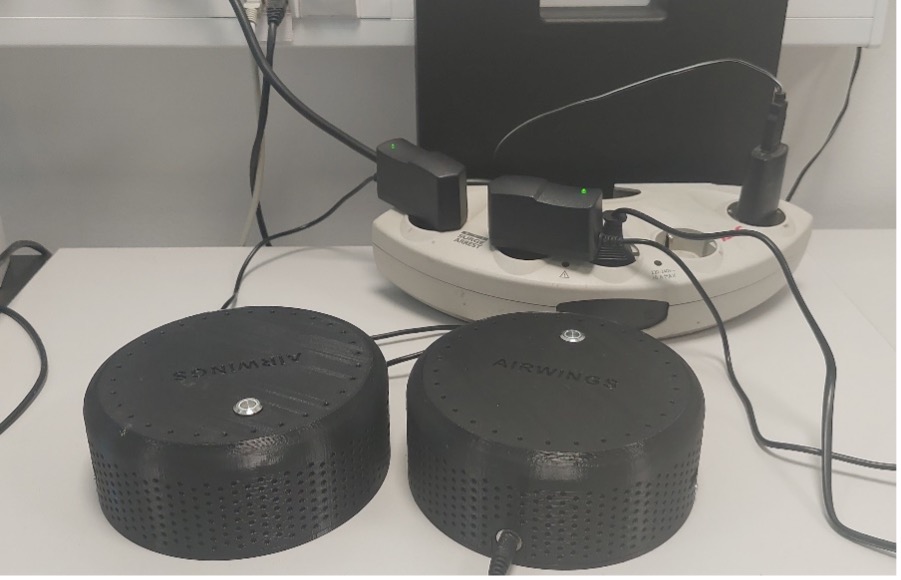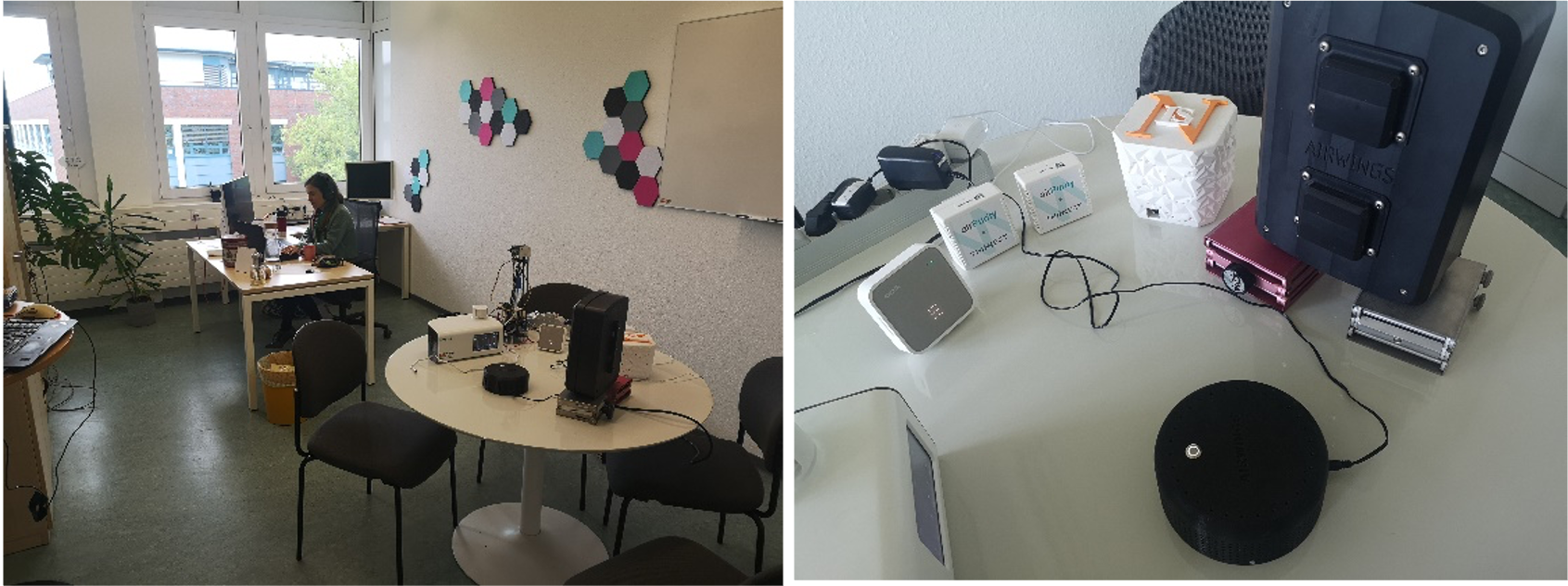Low-Cost Sensors and the Great Indoors: From quality assurance to quality air pollution monitoring

Investigating Indoor Air Quality with Low-Cost Sensors
The dawn of the low-cost sensors era has arrived. With the ever-present threat of air pollution to our health, more and more people are eager to know how polluted are their own immediate environments, particularly indoors where people spend the majority of their time. This is where the Low-Cost Sensors (LCS) to measure air quality come in. Low-cost sensors are:
- Compact and affordable: capable of widespread distribution and usage.
- Simple to use: effortless plug-in-and-function.
- Intuitive and accessible: data is readily available through the Internet of Things (IoT).
Although governing bodies may still view them as “informative measurements”, LCS serve as invaluable companions to conventional air quality monitoring. They can also be installed in places scientific-grade instruments cannot – such as in indoor environments. Investigating the potential of LCS to monitor indoor air pollution and enrich our understanding of Indoor Air Quality (IAQ) lies at the heart of the EDIAQI project – Evidence Driven Indoor Air Quality Improvement.
However, before embarking on this transformative agenda, it is important to familiarise ourselves with the sensors: their sensitivities, weaknesses, strengths, and biases. This way, we will acquire trustworthy data to deepen our comprehension of indoor air.
The players
In EDIAQI, we partnered with three prominent European companies manufacturing LCS for air pollution monitoring, both for indoors and outdoors:
Within the domain of LCS, our focus lies on air pollutants that possess guidelines established by the World Health Organisation (WHO) or by national governing bodies. These pollutants include:
- Inhalable particulate matter (PM): PM2.5 and PM10
- Nitric oxide and nitrogen dioxide
- Carbon monoxide and carbon dioxide
- Relative humidity and temperature
There are also emerging air pollutants (ultrafine particles, black carbon, microplastics, etc.) which have raised significant concerns regarding public health. However, at present, there is no low-cost instrumentation available to measure these pollutants.
The road to high quality data
Two partners of EDIAQI are leading these activities. The Leibniz Institute for Tropospheric Research (TROPOS) which hosts the World Calibration Centre in Aerosol Physics (WCCAP) in Germany and the Institute for Medical Research and Occupational Health (IMROH) in Croatia.

So how do we characterise LCS? Let us delve into this process:
- Laboratory experiments: are essential in characterising the performance of LCS – allowing us to test their sensitivities within a controlled environment. At WCCAP in TROPOS, the focus is on aerosol physics, hence, we characterise the PM values given by the sensors using aerosol dust with known properties. Inside a specially designed chamber, we position the sensors, enabling us to regulate the conditions (including relative humidity and temperature to some extent) and introduce samples of known aerosols sourced from various origins. We also manipulate the concentration levels of the aerosol samples to assess how effectively the sensors detect both low and high signals. The chamber is carefully arranged to ensure thorough mixing of introduced particles, guaranteeing that the sensors sample a uniform air composition. Additionally, it is designed to accommodate reference instruments.
- Field experiments: It is imperative to characterise how LCS perform in the field reflecting real-world scenarios which can be significantly different from each other.
- Follow-up investigations: During the project, the performance of the LCS will be repeatedly characterised either in local unit-to-unit inter-comparisons directly in the study area or the units will be sent to TROPOS and IMROH for more elaborate experiments. These activities will give us an insight on the impact of the age of the sensor to the sensors’ performance.

In Zagreb, two outdoor LCS were deployed in the field at reference air quality monitoring stations within the local air quality monitoring network, collecting data for some of the target pollutants. One LCS was stationed at the IMROH monitoring station, while the other found its place at a monitoring station located in the eastern part of the city. Additionally, two indoor LCS were installed in an office at IMROH to facilitate unit-to-unit intercomparison in a real-world setting.
Similarly, at TROPOS, all the sensors were placed within an office environment. During the first phase, the sensors were exposed to ambient outdoor air with the office window constantly open and unoccupied. In the second phase, the office was utilised as usual, with occupants engaging in regular office activities such as meetings, opening and closing windows, walking around, and consuming food and beverages. These experiments conducted by both TROPOS and IMROH will subsequently be compared against the performance of the sensors in the laboratory.

The ultimate aim is to gain a deep understanding of these sensors and offer users a comprehensive guide on their operation and accurate data interpretation for effective IAQ management.
Note: This article has been published on behalf of Honey Alas, Atmospheric Microphysics Department at the Leibniz Institute for Tropospheric Research (TROPOS). Special thanks also to Marija Jelena Lovrić and Sebastian Düsing for the photos.